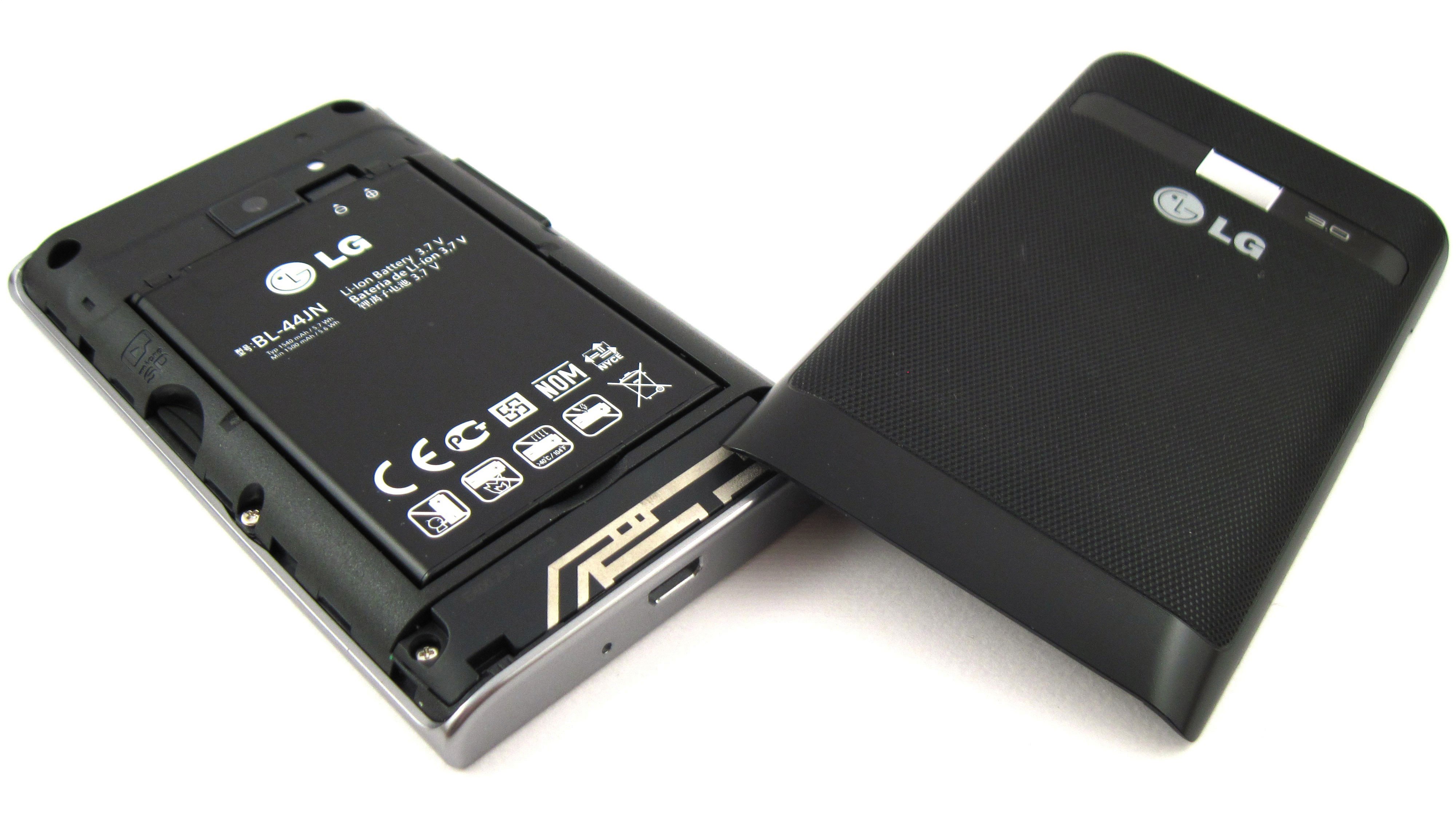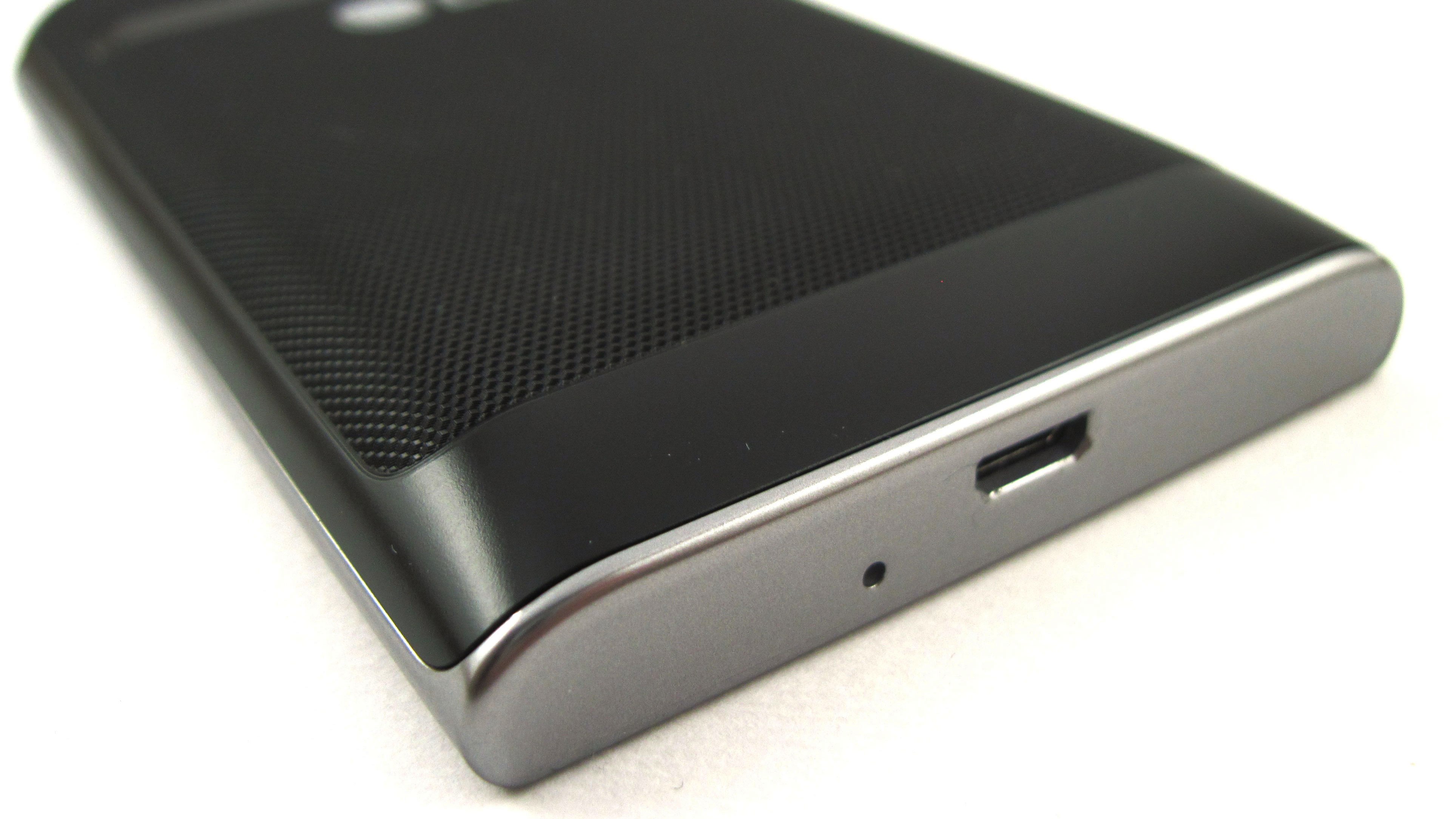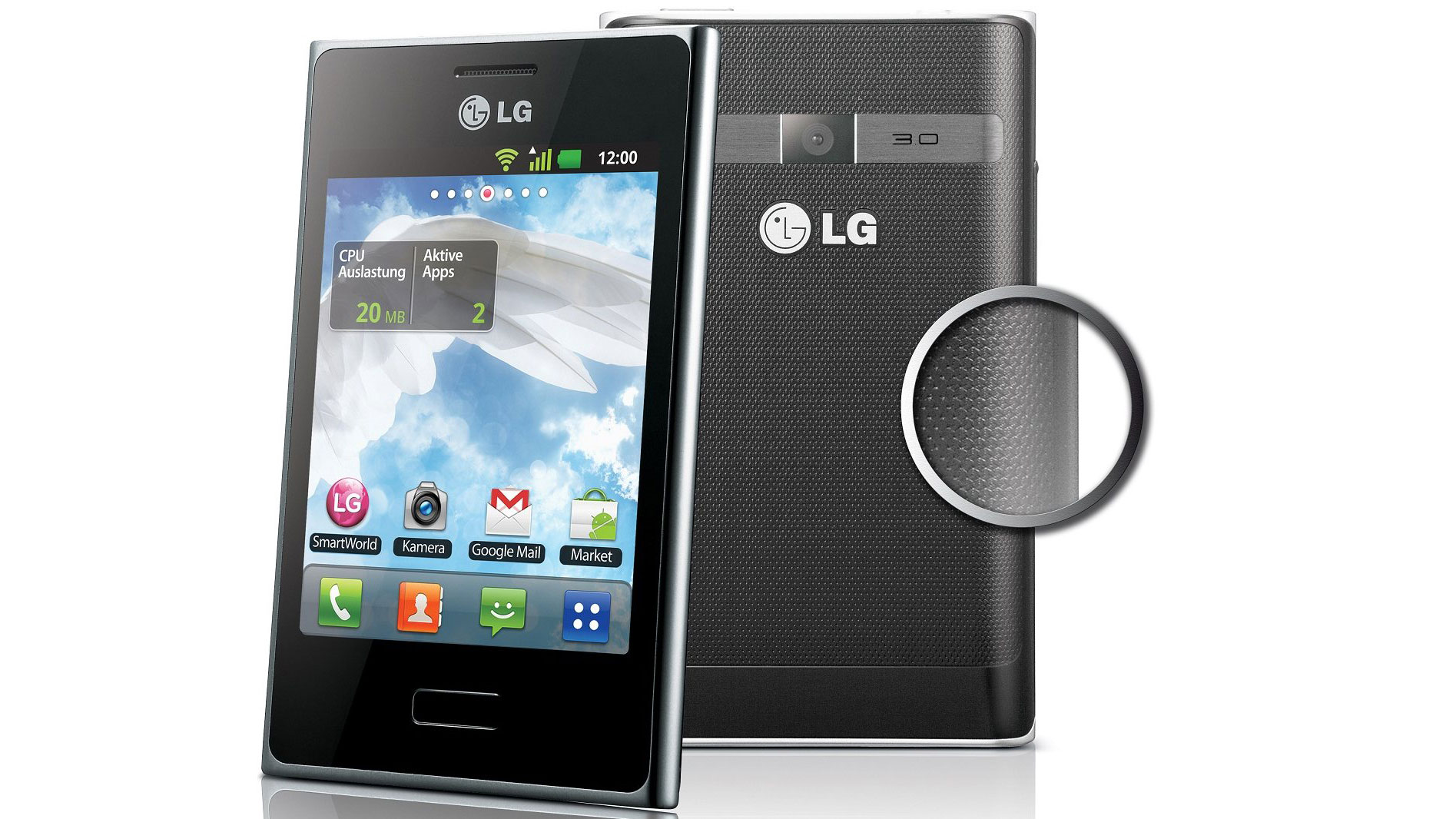Why you can trust TechRadar
Battery life
Asides from a manageable price point, the other benefit of having a slim array of specs is that, unlike a number of its rivals, the LG Optimus L3's battery is capable of powering well past the single day period of use and well through a considerable chunk of the week on a single charge.
With a 1500mAh lithium-ion battery, the Optimus branded device is touted as having a 600 hour standby time and up to 12 and a half hours worth of talktime on one run of the battery's juice.

While these figures are a little overzealous, the handset was more than up to the task of managing the better part of a week without the need go be plugged in.
Strangely, left unattended the LG Optimus L3 had a tendency to briefly flash to life at random, intermittent periods, an unexplained quirk that is sure to have a negative effect on the device's battery potential and one which at times can prove startling, irritating and wildly inappropriate.
Connectivity
Playing host to the usual array of Wi-Fi, 3G and GPS connectivity options, LG's compact handset offers a range of options, enabling you to send, receive and access all manner of data.
Although 3G services can prove a little patchy, the Wi-Fi offering performed well throughout if a little jittery to sync with networks.
Despite being connected to strong, uninterrupted Wi-Fi services, the LG Optimus L3 has a nasty habit of reverting to 3G networks to do its bidding, an unwanted and potentially costly feature that during our time with the device saw a couple of pounds worth of credit wiped and more than 30 top up reminder text messages received in around an hour-long timeframe, close to 150 in a single evening.
Sign up for breaking news, reviews, opinion, top tech deals, and more.

Connecting the handset to a PC via the boxed micro USB cable presents a variety of options with simply charging the device or syncing files between devices.
Filling the handset with multimedia goodies is a simple enough task with those opting to transfer existing content, as opposed to downloading via the Google Play Store, can fill their microSD cards with content before being utilised on the handset.
